Going through my photos I see that I have things slightly out of order but never mind.
On the 5th of May I paid a quick visit to Kinver Edge and found some Garlic Mustard in the woodland near the Rock Houses.
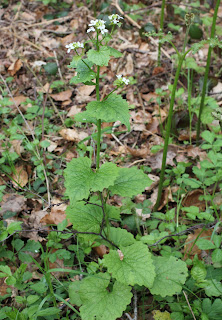 |
| Garlic mustard (Alliaria petiolata) |
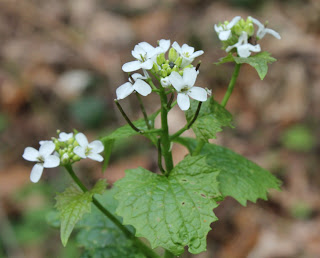 |
Garlic mustard (Alliaria petiolata)
|
Then on the 12th of May I found some Sulphur Tuft and Herb Robert while doing some gardening around the front of my house.
 |
| Sulphur Tuft (Hypholoma fasciculare var. fasciculare) |
 |
| Sulphur Tuft (Hypholoma fasciculare var. fasciculare)
|
 |
| Sulphur Tuft (Hypholoma fasciculare var. fasciculare)
|
 |
| Sulphur Tuft (Hypholoma fasciculare var. fasciculare)
|
On the 13th of May we visited Highgate Common with one of my parents dogs and I found quite a few different plants as well as a pair of micro moths mating on my car when we arrived.
 |
| Green Longhorn moths (Adela reaumurella) |
 |
| Frankie (Canis lupus familiaris) |
Field Wood-rush is quite a common plant on Highgate Common and can be seen growing amongst the various species of grass. I had found some a few weeks earlier and I went back to get some photos for confirmation.
 |
| Field Wood-rush (Luzula campestris) |
 |
| Field Wood-rush (Luzula campestris)
|
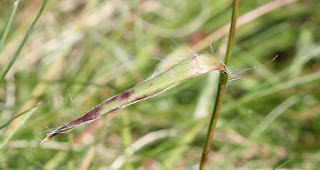 |
| Field Wood-rush (Luzula campestris)
|
This species is rhizomatous, meaning that it can spread itself by extending a network of rhizomes (a horizontal underground root like stem) underground, with new shoots then appearing from the rhizomes. You can see this at work in the first picture with several plants within a tightly grouped area. An example of another common rhizomatous plant is bracken.
The Bluebells were still out in force in the wooded areas and formed a nice blanket of blue and white with some Greater Stitchwort.
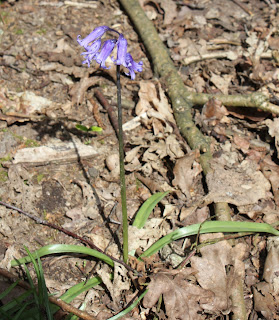 |
Bluebell (Hyacinthoides non-scripta)
|
 |
| Greater Stitchwort (Stellaria holostea) |
These are native Bluebells and not the Spanish or hybrid Bluebells that are often found in gardens. A member of the public has gone around planting Spanish Bluebells along some of the main footpaths but this should be discouraged as it readily hybridises with our native Bluebell!
Talking of introduced species we also found a large Rhododendron in the woods. It prefers shaded areas on acidic soil and can be a pest if allowed to spread.
 |
| Rhododendron (Rhododendron ponticum) |
 |
| Rhododendron (Rhododendron ponticum)
|
 |
| Rhododendron (Rhododendron ponticum)
|
On the woodland edge there were also some Red Campion (pink flower) in flower.
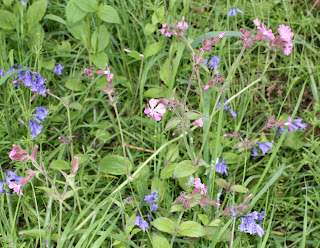 |
| Red Campion (Silene dioica) |